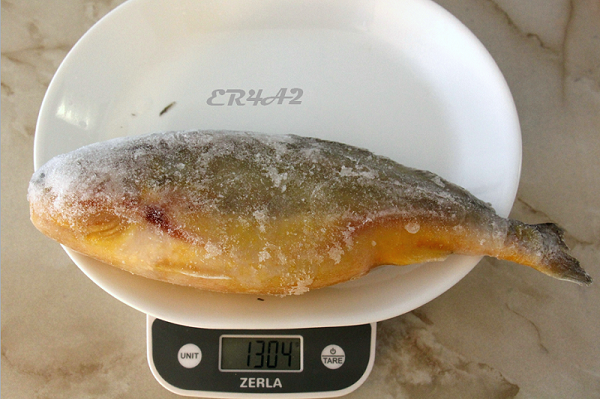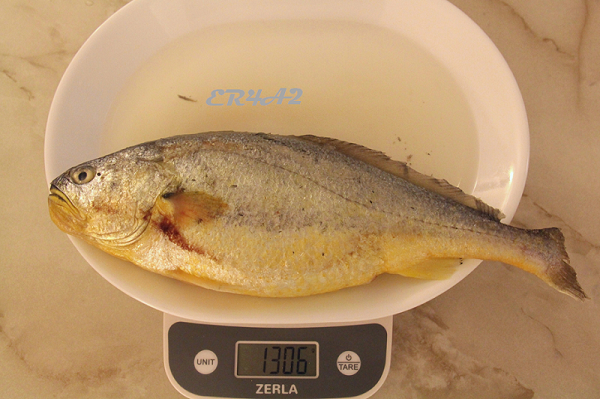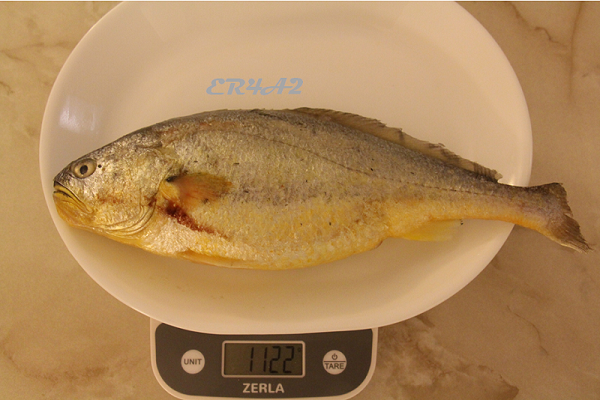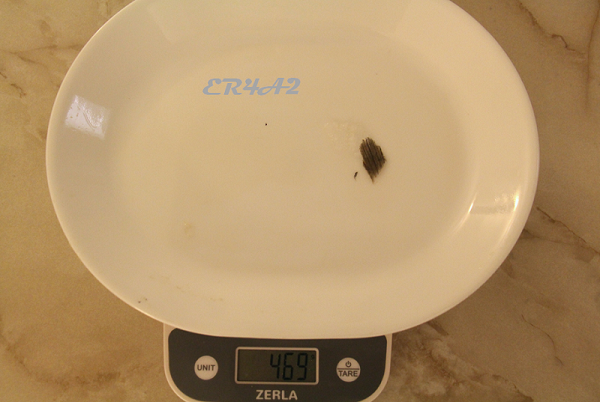Ice Coating, a Fish’s Story of How Some Chinese Businesses Play with a Rule or Law
By Gang Xu May 2, 2019
|
Its name is yellow croaker, a delicacy on Chinese dining table. It is prized, of course.
The fish was once an abundant commercial fish in the East China Sea. Most people of my age from Zhejiang Province or Shanghai would have fond childhood memories of its tender texture and rich flavor. However, it almost became extinct in the late 1970s, due to overfishing. The fish started showing up in food markets again many years later, but most was farmed. Now many Chinese food markets in America sell farmed yellow |
croaker, imported from China in frozen state, some individually wrapped and sealed.
Although farmed yellow croaker doesn’t taste as delectable as the wild one, every once in a while, I would indulge my nostalgia and pick up a yellow croaker from the freezer of an Asian food market. Then again it would be a mixed experience. One day I decided to quantitate my experience. |
|
Now here are the maths:
|
Two Chinese trade organizations in 2013 issued a joint order, dictating that the ice content of seafood shall be no more than 20%. My measurements clearly establish that the ice content of the fish exceeds the trading standard, but to what extend?
Oh my goodness! I could not help but exclaim an admiration: How smart, mathematically! But why ice-coating in the first place? It wasn’t like this 10 years ago. |




